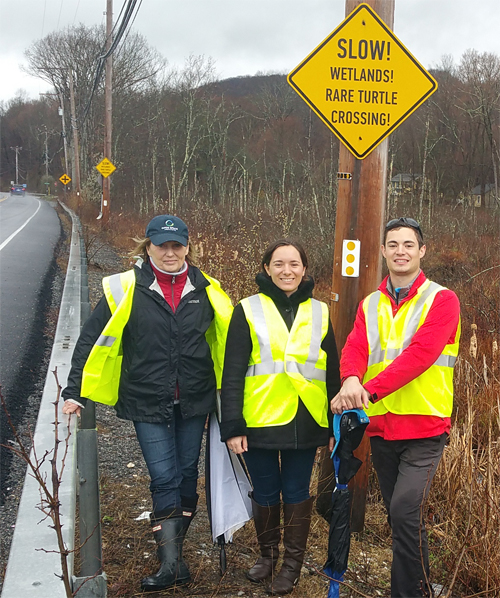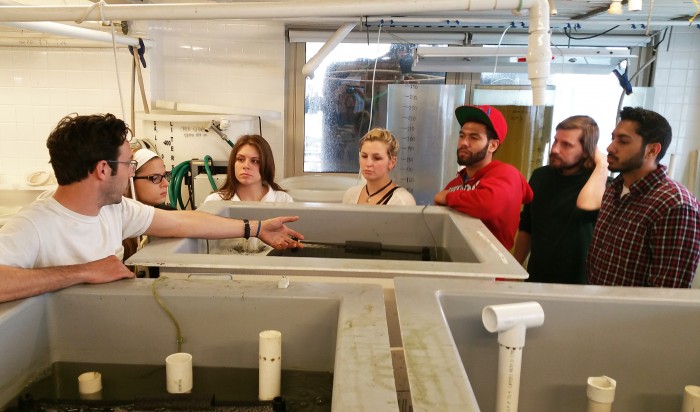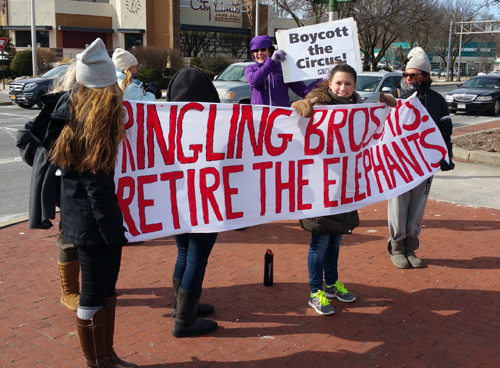
“Swimming advisories that have been in place for several years . . .will remain in effect” on the Kentucky River, Upper Cumberland River and Licking River “because of high levels of fecal coliform bacteria,” according to the State of Kentucky Division of Water.
If you are not from Kentucky, there is little chance you would know of the warning. The United States Environmental Protection Agency does not include Kentucky swimming areas in its national database of beach advisories. See below to view local station WLWT’s coverage of the Licking River.
Kentucky is straightforward about the causes:
Illegal straight pipe discharges, failing septic systems and bypasses from sewage collection systems . . . combined sewer overflows and sanitary sewer overflows. . . heavy rainfall events, especially in dense residential, urban and livestock production areas . . . increased potential for exposure to pollution from urban nonpoint source pollution, bypasses from sewage collection systems . . . and pollution from livestock waste.
For more information on the Clean Water Act’s failed July 1, 1983 policy goal regarding water and recreation: EarthDesk July 1, 2014 and EarthDesk July 1, 2013.









